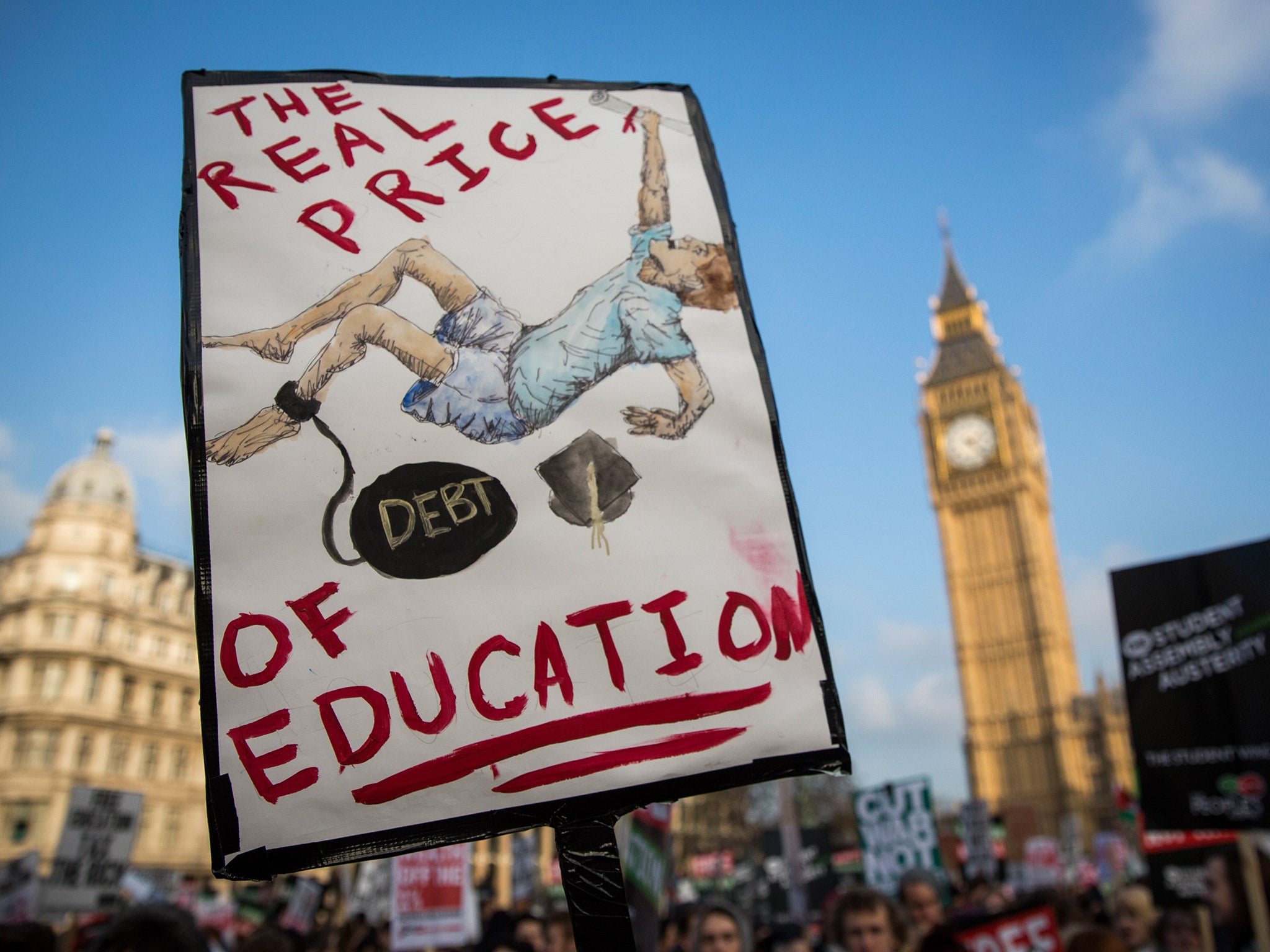Poor students get a bad deal from top universities
The proportion gaining a place at a Russell Group institution has stagnated

Your support helps us to tell the story
From reproductive rights to climate change to Big Tech, The Independent is on the ground when the story is developing. Whether it's investigating the financials of Elon Musk's pro-Trump PAC or producing our latest documentary, 'The A Word', which shines a light on the American women fighting for reproductive rights, we know how important it is to parse out the facts from the messaging.
At such a critical moment in US history, we need reporters on the ground. Your donation allows us to keep sending journalists to speak to both sides of the story.
The Independent is trusted by Americans across the entire political spectrum. And unlike many other quality news outlets, we choose not to lock Americans out of our reporting and analysis with paywalls. We believe quality journalism should be available to everyone, paid for by those who can afford it.
Your support makes all the difference.One of the criticisms of the rapid expansion of university places under Labour during the late 1990s and early 2000s was that, rather than ensure more talented young people from poorer backgrounds were able to get a place at university, those extra places went to the less-bright sons and daughters of the well-heeled.
Similar concerns were raised again when tuition fees rose, first to £3,000 and later, under the Conservative/Liberal Democrat government, to £9,000. Critics warned that, the higher the cost, the fewer people from poorer backgrounds would be attracted into university.
With the potential for a price war to open up, it was assumed, the least-prestigious universities would knock down prices while the most prestigious would raise theirs – blaming the need to protect research and teaching quality.
In fact, most universities chose to charge the full £9,000 per year. But, as we report, the critics’ predictions were pretty accurate. Although the total number of undergraduates has risen in the past decade, the higher proportion of students from poorer backgrounds are going to newer universities, while the proportion gaining a place at a Russell Group institution has stagnated. Approximately a third of Russell Group universities, including Oxford and Cambridge, have a smaller proportion of students from less well-off families than they did a decade ago.
The implication is that our elite universities, despite taking in more students, are not taking in more of the best but more of those whose families understand the value of a degree and are able to invest in their education.
That students from disadvantaged backgrounds are still, after almost 20 years of progressive education policy, concentrated in post-1992 universities (ex-polytechnics) raises serious questions about the Government’s abilities when it comes to social mobility.
Join our commenting forum
Join thought-provoking conversations, follow other Independent readers and see their replies
Comments